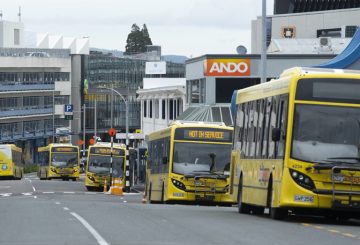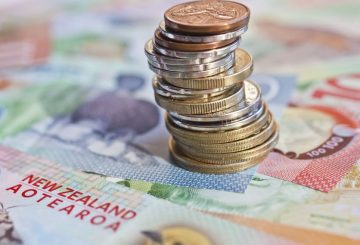Комиссия по изменению климата заявила, что Новой Зеландии необходимо прекратить импорт бензиновых автомобилей к 2040 году для достижения новой цели по сокращению выбросов парниковых газов до 27 миллионов тонн в год. Комиссия считает, что Новой Зеландии следует повысить свою климатическую цель на 2050 год, поскольку текущие усилия страны не соответствуют международным стандартам.
Комиссия также предложила Новой Зеландии включить выбросы парниковых газов от самолетов и судов, следующих в страну и обратно, в свои климатические цели. В 2019 году эти выбросы составили 9% от общего объема выбросов по стране, но в настоящее время они не учитываются из-за общей лазейки.
Комиссия предложила ввести новый предел выбросов на 2036-2040 годы, согласно которому к 2035 году почти все импортируемые новые автомобили должны быть электрическими, а к 2040 году — 13% региональных рейсов на самолетах. Комиссия также ожидает, что производство молока сохранится на нынешнем уровне, но при условии сокращения количества коров и перехода от молочного животноводства к садоводству.
Комиссия считает, что выполнение предложенного бюджета принесет больше экономических выгод, чем бездействие. Одно только улучшение качества воздуха позволит сэкономить 2,7 миллиарда долларов в год. Текущая цель к 2050 году заключается в нулевых выбросах углекислого газа и закиси азота и сокращении выбросов метана на 24— 47% по сравнению с уровнем 2017 года.
Комиссия изучает отзывы общественности об этих предложениях, прежде чем вынести окончательные рекомендации правительству. Комиссия также хочет ужесточить бюджеты страны на выбросы на следующее десятилетие, чтобы обеспечить реальный прогресс в сокращении выбросов.
Согласно проекту анализа комиссии, за исключением метана, содержащегося в сельскохозяйственных животных, Новая Зеландия может стать углеродно-нейтральной примерно к 2040 году. Ожидается, что экономика продолжит расти на протяжении всего периода перехода к снижению выбросов углекислого газа. Предложения комиссии открыты для публичного представления до 31 мая, а окончательные рекомендации она представит правительству к концу года.



















































-360x245.jpg)









